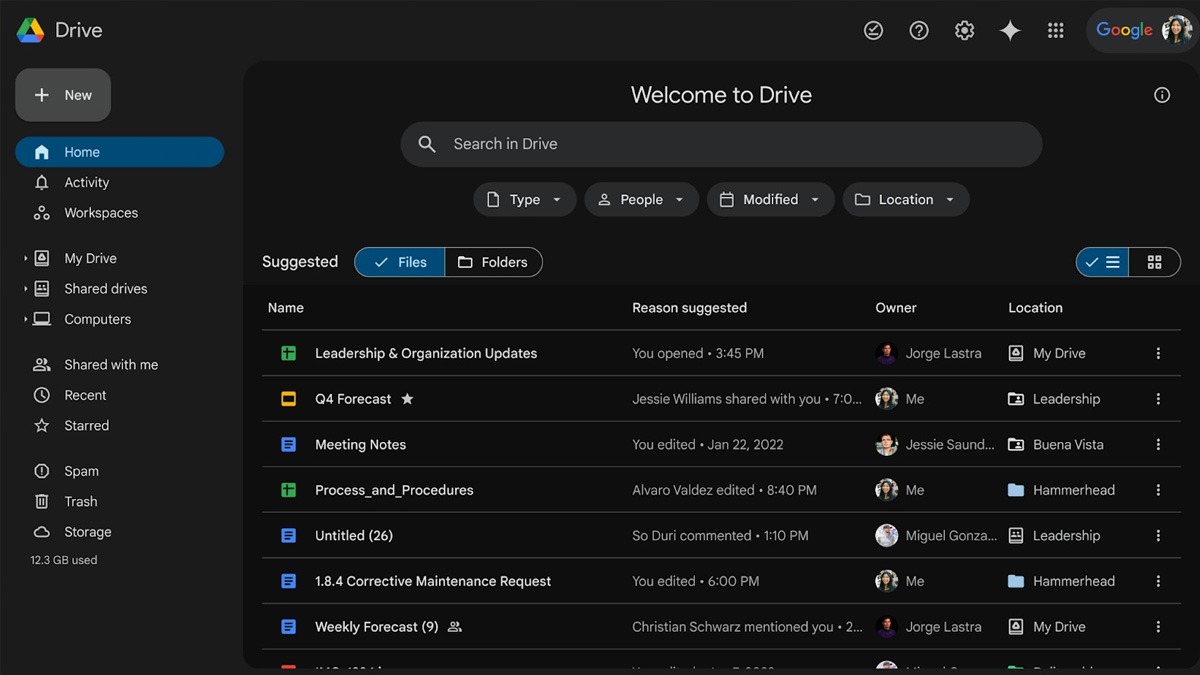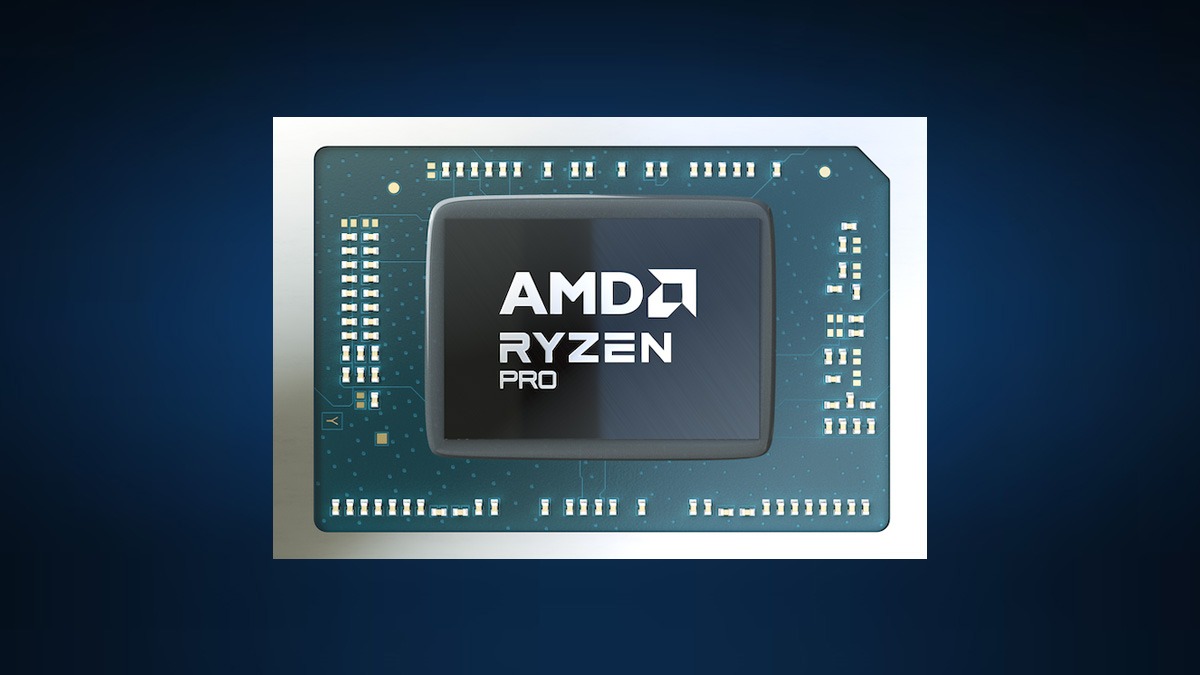Just In
Don't Miss
- Finance
 BEL, HAL, BDL, Mazagon Dock, Top 10 Defence Stocks: ROCE Vs ROE, Their Role In Stock Market Investment!
BEL, HAL, BDL, Mazagon Dock, Top 10 Defence Stocks: ROCE Vs ROE, Their Role In Stock Market Investment! - Movies
 Varun Dhawan-Natasha Dalal Baby Shower: Inside Pics REVEALED! Take A Look At Glamorous Ceremony
Varun Dhawan-Natasha Dalal Baby Shower: Inside Pics REVEALED! Take A Look At Glamorous Ceremony - Automobiles
 Lockheed Martin L1011 Tristar Emerges As New Diving Attraction In The Red Sea
Lockheed Martin L1011 Tristar Emerges As New Diving Attraction In The Red Sea - News
 Tamil Nadu HSE Exam Result Date 2024: Here Is When It Is Likely To Be Declared
Tamil Nadu HSE Exam Result Date 2024: Here Is When It Is Likely To Be Declared - Sports
 Yuzvendra Chahal Close To 2 Huge Milestones Ahead of RR vs MI IPL 2024 Match 38
Yuzvendra Chahal Close To 2 Huge Milestones Ahead of RR vs MI IPL 2024 Match 38 - Lifestyle
 Kalki 2898 AD: Amitabh Bachchan As Ashwatthama Aces The Mystical Look In The Teaser, Pics!
Kalki 2898 AD: Amitabh Bachchan As Ashwatthama Aces The Mystical Look In The Teaser, Pics! - Education
 AP SSC Results 2024 Declared On April 22, Check Details Here
AP SSC Results 2024 Declared On April 22, Check Details Here - Travel
 Journey From Delhi To Ooty: Top Transport Options And Attractions
Journey From Delhi To Ooty: Top Transport Options And Attractions
Samsung Galaxy A7 (2018): The good, the bad, and the X factor
Samsung introduces a triple camera smartphone for the mid-range segment.
Samsung has finally jumped on the bandwagon of triple camera smartphones. After Huawei launched its P20 Pro, it was just a matter of time for other major smartphone makers to adopt the new antic.

Well, Samsung didn't hold back and came up with its own triple rear camera featuring smartphone- Galaxy A7 2018, but at a much lower cost. The device comes in two variants - the 4GB RAM/64GB storage for Rs 23,990, while the 6GB RAM/128GB storage variant will sell for Rs 28,990. The device surely brings some top-notch features to the table. But does it still make for the money Samsung is asking for? Let's break it down for you.

The good in the Samsung Galaxy A7
Display
One of the best things about this phone is its display. It comes with a 6-inch Super AMOLED display with True FHD+ resolution and 1080 x 2220 pixels. It has an aspect ratio of 18:5:9 making it ideal for multimedia consumption. The resolution looks crisp and vivid and the color reproduction is also very impressive. The display offers True FHD+ resolution and is Widewine L1 certified, which means the device will be able to play HD videos from all the video streaming services including Netflix, Amazon Prime Video, and others.
Storage options
The phone offers 4GB / 6GB RAM and 64GB / 128GB storage options and is expandable up to 512GB using a microSD. The good part is that the Galaxy A7 allows users to install the apps on the memory card, or move their social media content directly to the card. This feature isn't quite popular among other smartphones in this price range.
Audio Jack is intact
In a time where major smartphone makers are doing away with the 3.5mm audio jack in favor of the Type-C port, Samsung has managed to keep the functionality alive through all its devices. The Galaxy A7 2018 also continues the tradition, making it easy for the users to use a wide range of third-party hands-free products.
Side-mounted fingerprint sensor
With the latest smartphone, Samsung has changed the way of unlocking the device. The Galaxy A7 comes with a side-mounted fingerprint sensor, which is very convenient to unlock the device without moving the fingers. The company was previously criticized for its the fingerprint sensor placement on devices like the Galaxy Note 8 and the Galaxy S8. The company has taken queues from the consumer feedback and made appropriate alterations to the placement of the sensor on the new phone.
Smart functionality
Fuelled by a 3300mAh battery, the device also has support for Samsung's smart assistant Bixby, and offer Bixby vision which is a smart way to interact with the surroundings. The device is also ready with Samsung pay, so users can make payments without reaching out for their wallets.

The Bad in the Samsung Galaxy A7
Lacks variable aperture
Coming to places where we felt the device could have shined. The first thing that we noticed is that despite having a triple camera setup, the company didn't add the variable aperture technology to the device. However, the company claims that the phone's camera is smart enough to adjust to the lighting conditions, but it would have been great if the variable aperture tech was included here.
Older processor
The Galaxy A7 2018 is powered by company's proprietary Exynos 7885 octa-core processor clocked at 2.2GHz, 1.6GHz. The company could have used a more recent 8890 processor, considering that smartphones at this range are offering processors like the Snapdragon 845. For instance, Xiaomi's Pocophone comes with the latest Snapdragon 845, and costs less than the Galaxy A7. If the company is aiming to regain the top spot in the Indian market, it would have made a lot of sense to add a more powerful processor at a lower cost.
Dated software
The Galaxy A7 2018 runs on Android 8.0 Oreo, which is disappointing, considering the fact that Android 9 Pie is already out. Calling Android 8.0 oreo outdated wouldn't be fair, but this could have been welcomed addition on the software, making the user experience a lot better. Also, the software comes with bloatware, which again could make the experience sluggish after a few days of extensive usage. Also, the audio output is powered by Dolby Atmos, but the setback is that it only works while using the headphones.
No in-display biometric security
Although Samsung did try to offer a new functionality with the side-mounted fingerprint sensor, it would have made the device even more special if it had the in-display fingerprint sensor, which the company is said to be working on. This would have made the device stand out in the much crowded mid-range market, which is dominated by Oppo and Vivo at the moment. Recently, Vivo also launched its V11 Pro with an in-display sensor and falls in the same price bracket as the Galaxy A7.

The X factor
The USP of the Samsung Galaxy A7 2018 is the triple camera setup. This is the second smartphone to pack a triple camera setup after the Huawei P20 Pro. The triple rear camera setup comprises a 24MP autofocus sensor with f/1.7 aperture, an 8MP ultra wide sensor with f/2.4 aperture, and a 5MP depth sensor with a fixed focus and f/2.2 aperture for the bokeh effect.
In our short test of the camera, we managed to see the camera capabilities, and it was impressive. We are yet to test the camera in different lighting condition, but our initial impression of the camera is positive. The camera was able to capture an ample amount of detail with minimal signs of noise. The colors looked authentic and the pictures weren't over saturated.
The primary 24MP sensor uses the SuperPixel technology, which merges 4 pixels into one, making the picture more clear. The 8MP sensor lets users capture ultra-wide shots at 120-degree angles in contrast to conventional smartphone cameras that offer only 78-degree angles. The ultra-wide angle sensor also works while taking videos, allowing for more area to be captured at once.
The 5MP sensor is placed for the popular bokeh effect shots. It keeps the subject of the picture in focus and blurs the background, making the picture appear like it was taken from a DSLR camera. The camera is also Live Focus ready, which means users can set the background blur while clicking as well as after taking the picture. For selfies, Samsung has added a 24MP shooter which also has support for AR Emoji and wide selfie mode.
The rear camera also has the Scene Optimizer feature that detects the scenes being captured in the image to offer the best color optimization. This feature is accompanied by the Slow motion mode and the Hyperlapse mode, which is basically the time lapse.

Hit or a miss?
By bringing the triple camera setup on a mid-range smartphone, Samsung has proved that it means business. The smartphone has all the features that one would expect from a mid-range device. There are a few areas where the phone could have done a little extra to gain more buyers, but overall this is a good package.
If you are someone who has a thing for smartphone photography but don't want to shell out a lot of money, this could be a good alternative. If you are okay with a phone that has 4GB of RAM and 64GB of storage, alongside a brilliant camera performance, then spending Rs 23,990 isn't a bad deal. However, you wouldn't wanna buy the 6GB / 128GB variant if performance is what you seek, as shelling out 28,990 isn't a wise decision, considering there are other phones at this price which have powerful processors.
The 4GB / 64GB variant is a clear winner in our opinion, but the 6GB/128GB variant... well, not so much.
-
99,999
-
1,29,999
-
69,999
-
41,999
-
64,999
-
99,999
-
29,999
-
63,999
-
39,999
-
1,56,900
-
79,900
-
1,39,900
-
1,29,900
-
65,900
-
1,56,900
-
1,30,990
-
76,990
-
16,499
-
30,700
-
12,999
-
18,800
-
62,425
-
1,15,909
-
93,635
-
75,804
-
9,999
-
11,999
-
3,999
-
2,500
-
3,599
















































